Podcast: Play in new window | Download
Subscribe: Apple Podcasts | RSS
After 10 revisions, Accounting Cheat Sheet and Kindle Version (paid) is out. Time for a release party! Well not quite yet. If I had a release party for every release, I think I would never get any work done. The Cheat Sheet is seven pages of accounting goodness that you can print and there is also another PDF version that is much larger with a table of contents.
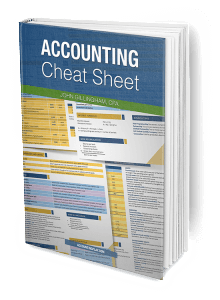 Free for blog readers and subscribers:
Free for blog readers and subscribers:
Accounting Cheat Sheet 7 pgs
Accounting Cheat Sheet on Kindle $.99 - Throw me a buck : D and please review
The purpose of this sheet is primarily for financial accounting students, but anyone who works in business can benefit. I created this resource to capture the most important accounting concepts in one attractive and consolidated place. The sheet is closely aligned with my accounting teaching philosophy which focusses on useful fundamentals, not abstractions. I will be introducing my teaching philosophy and how to utilize the key features of the Cheat Sheet.
If you can learn and apply the concepts on the Cheat Sheet, you will have gained a level of financial understanding greater than most. Here I will outline some of the most important features of the sheet and how to make use out of them. I will cover my teaching philosophy as well as the main components of the sheet. I believe beginning students should learn accounting that focuses on practical knowledge of small business concepts and master financial statement basics. These concepts should be committed to memory and tested without the use of open notes and cheats (ironic I know). I would rather someone commit to long term memory and application of basic concepts, rather than spend time on the technical and forgettable.
The Accounting Cheat Sheet contains a basic example of the four core financial statements: The balance sheet, income statement, statement of owners’ equity, and the statement of cash flows. The example statements are related and basic. This allows the students to memorize and apply one core example before going on to dauntingly complex public company statements. Generally I think the purpose of accounting classes should be first understanding basic statements and later preparing them. The presentation on the Sheet shows an excellent teaching example, as well as the purposes of the statements, alongside individual account explanations.
The accounting equation and cost of goods sold is my next favorite part of the sheet. Since many successful business people never understand what Assets = Liabilities + Equity is or the cost of goods formula, I think this is an area best learned after the basic financial statement examples. The accounting equation is broken down along with debit and credit T-accounts. The income statement basis of revenue minus expenses is also detailed. Further academic breakdown of cost of goods and – gulp – inventory costing methodologies are covered later, but not something I put on my priority list.
Next I would take a look at terminology and business types. Professionals should understand terms such as net, gross, cost basis, and the like in order to communicate with accountants and other business people. Familiarity with all the vocabulary is a starting place for the otherwise lost student. Lack of understanding on certain terms can inspire self-learning.
Debits and credits are covered extensively alongside example journal entries. This is extraordinarily helpful to those needing to apply the nitty-gritty concepts. How do I book an asset sale? How do I answer this open book journal entry question? The answers are found on the sheet. Debit and credit concepts form the fundamentals of the accounting system and are covered for those ready to take the plunge. Sadly many students drop accounting due to the confusion surrounding this concept so I gave extensive real estate to it on the cheat sheet and created the iOS game – Accounting Play – Debits & Credits to teach it in a fun way. If you need a standard way to learn this check out the Kindle book, Learn Debits and Credits along with printable resources and video course.
The cheat sheet provides financial statement and journal entry examples that once understood, will help pave the way to accounting fundamentals greatness. Technical bond and depreciation info is also there. Understanding 7 pages of information is just so much less overwhelming than 700 pages of textbook. Using this, you can approach your learning on an as needed basis. This is a similar approach I use with my Accounting Flashcards for iOS and Droid.
Please reach out with how you are using the sheet and any questions / comments. Thanks a ton.
-John CPA

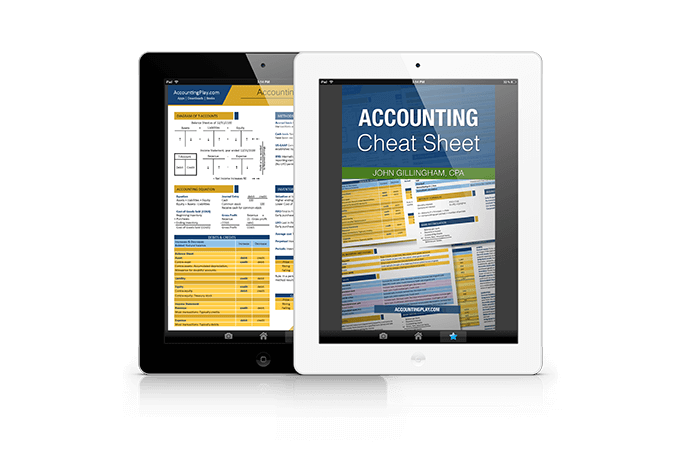
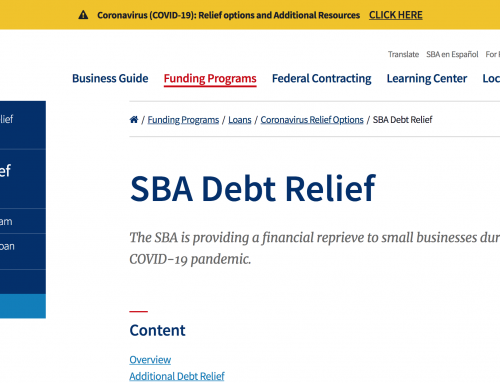
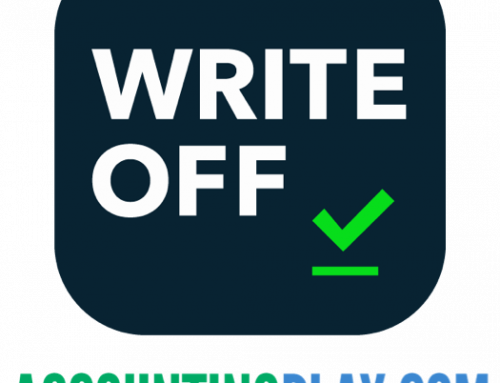
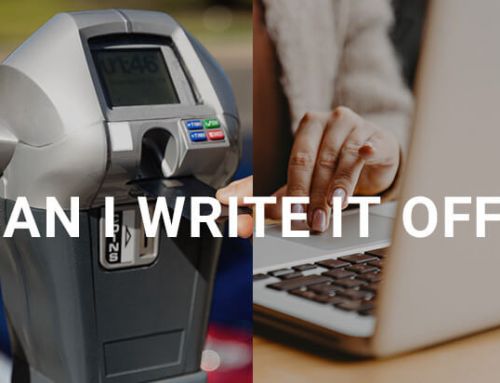

It’s better efficiency Flow
Thanks for the information